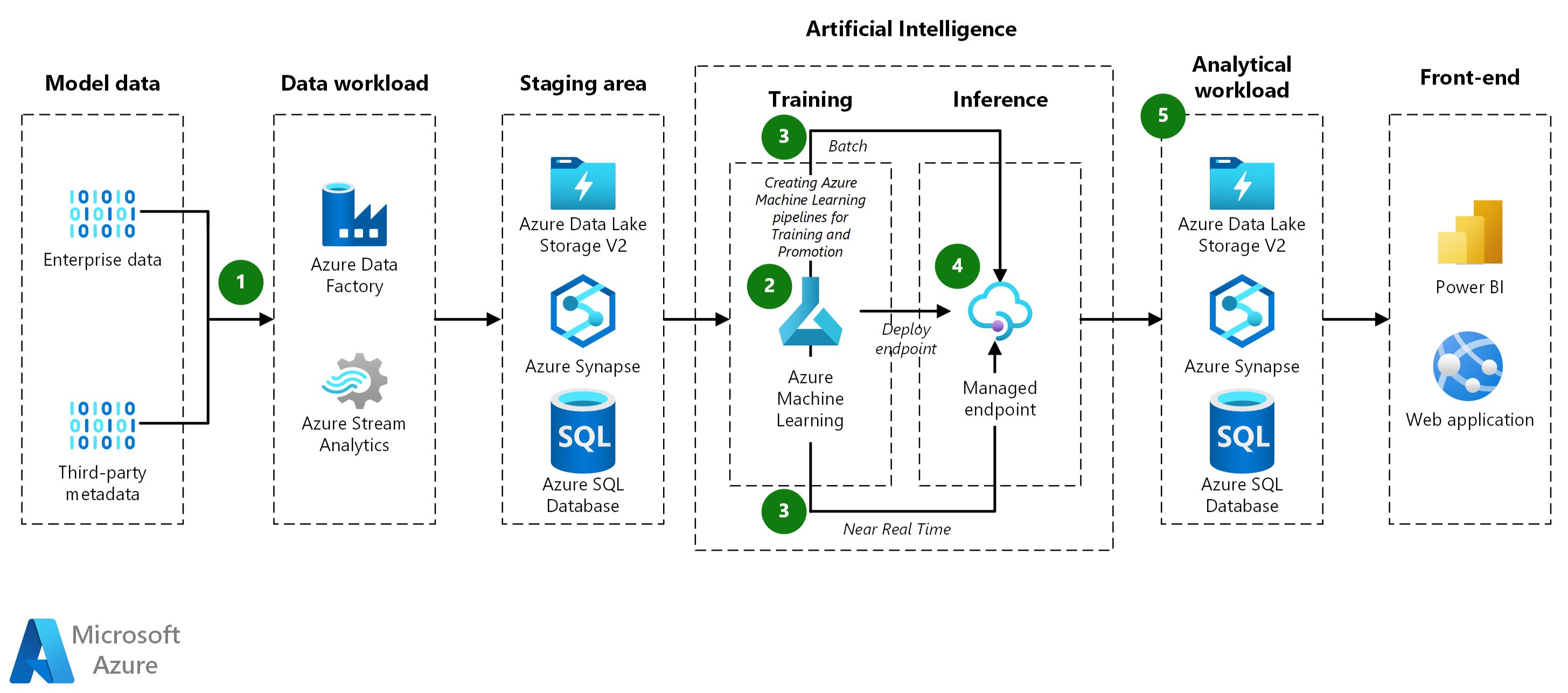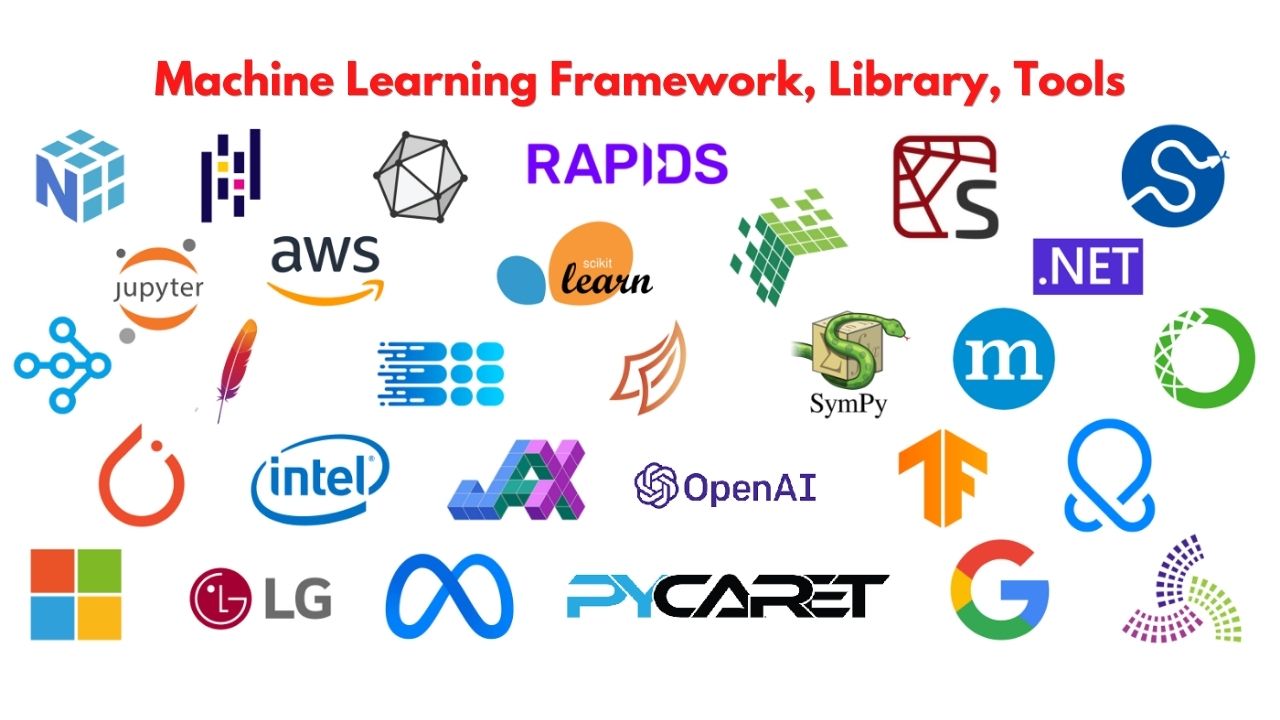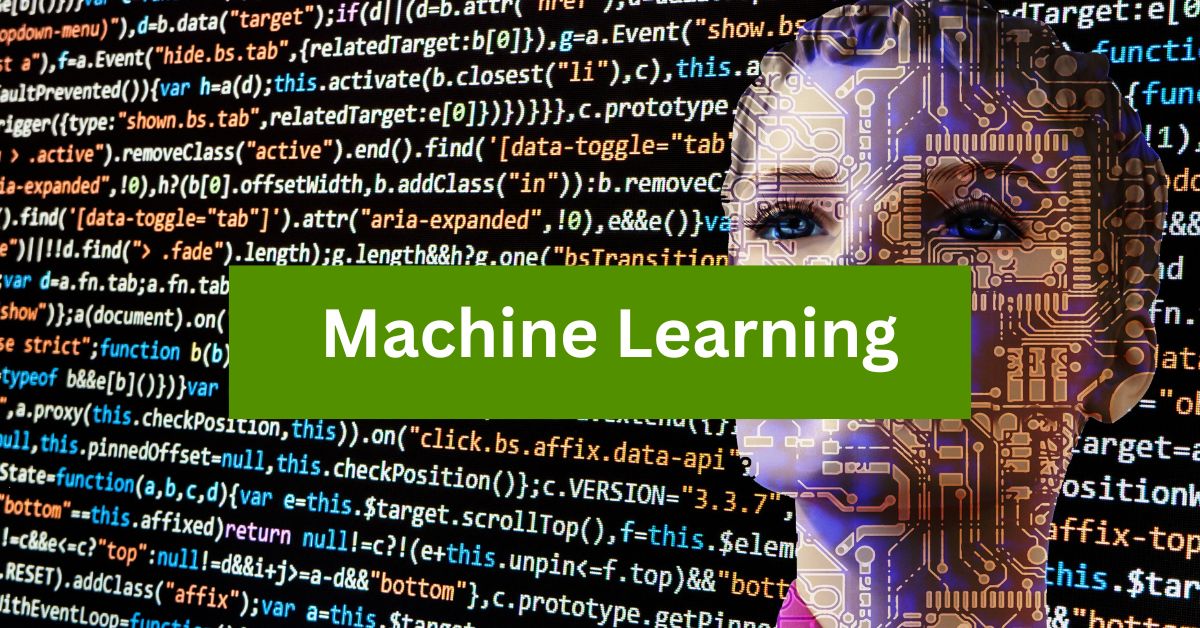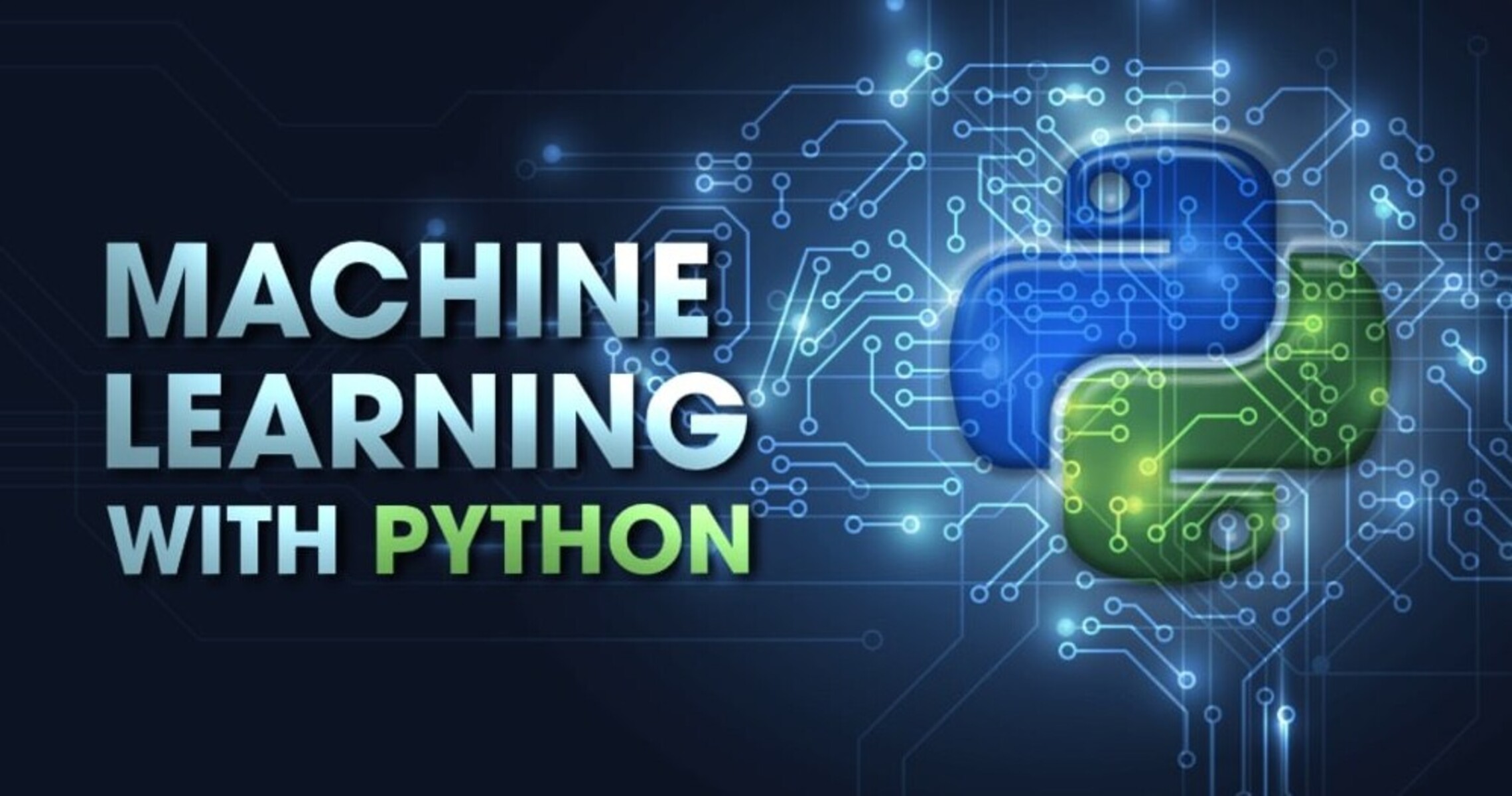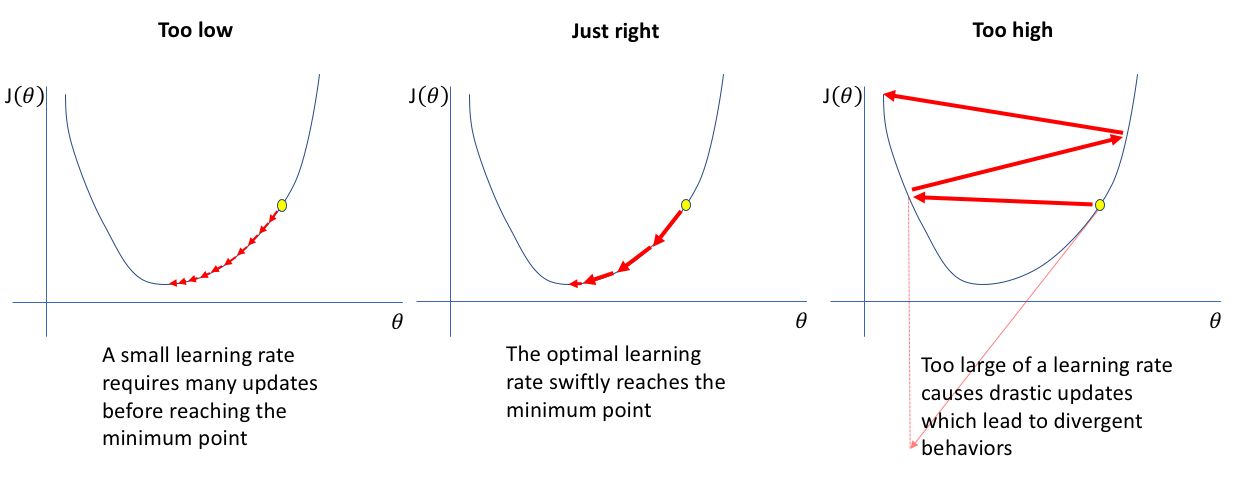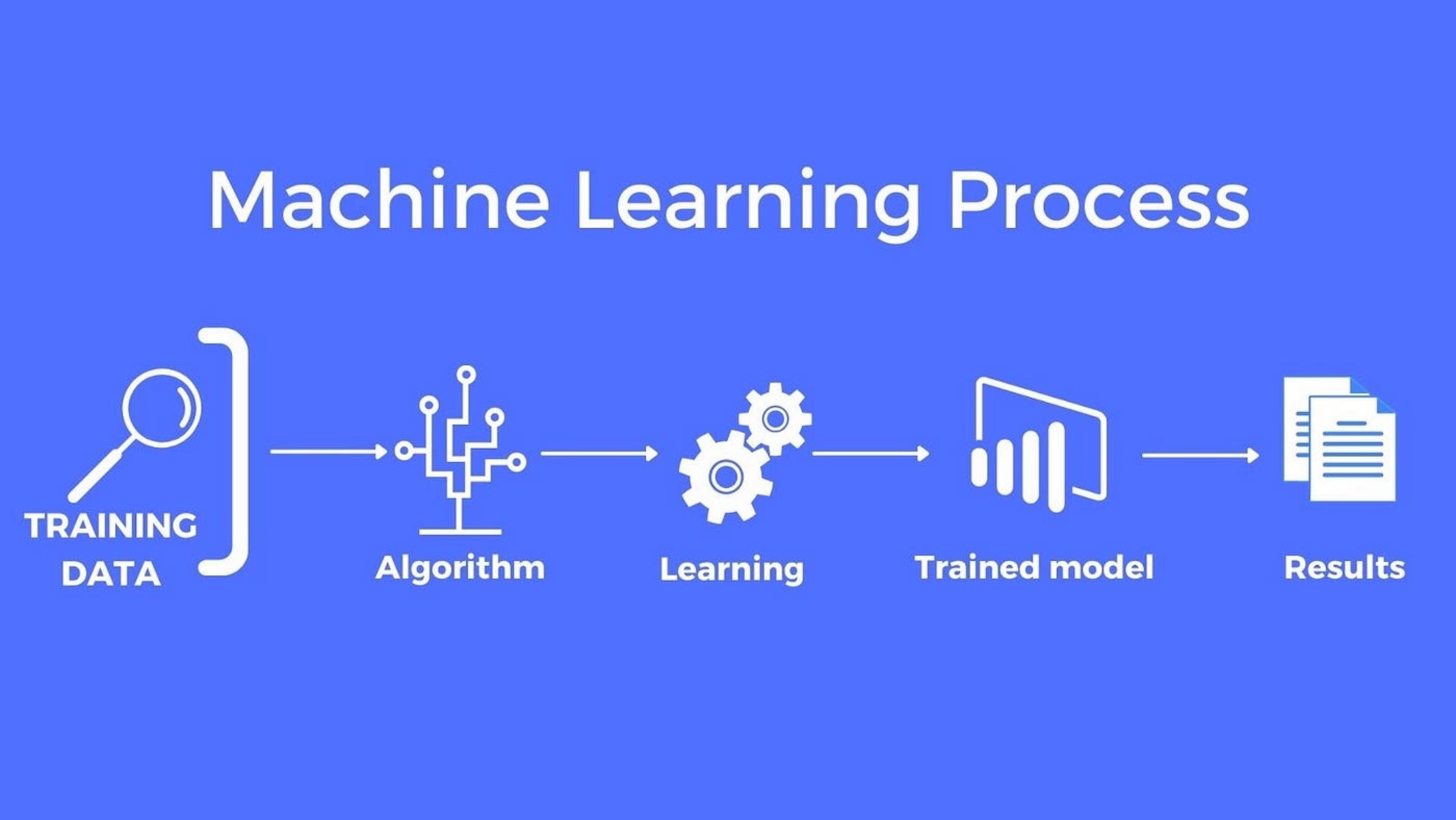Why is training data important for machine learning?
Training data plays a crucial role in the field of machine learning. It is the foundation upon which machine learning models are built and trained to make accurate predictions and decisions. The quality and quantity of training data have a direct impact on the performance and effectiveness of these models.
Training data provides the necessary examples and patterns for the machine learning algorithms to understand and learn from. By feeding the algorithms with diverse and representative data, they can recognize relationships, identify patterns, and make predictions or classifications based on the patterns they discover. In essence, training data serves as the reference point for training the model to generalize and make accurate predictions on unseen data.
Without sufficient and high-quality training data, the performance of machine learning models can be compromised. Inadequate or biased training data can lead to inaccurate or biased predictions, which can have serious implications in various real-world applications. For instance, in a facial recognition system, if the training data primarily consists of male faces, the model may struggle to accurately recognize female faces.
Moreover, the diversity and representativeness of the training data are crucial for ensuring that the model can handle different scenarios and variations that it may encounter in real-world applications. By incorporating a wide range of examples and variations in the training data, the model can be trained to be more robust and resilient to different inputs and conditions.
Another aspect of training data importance lies in its ability to adapt and improve the performance of machine learning models over time. As new data becomes available, models can be retrained and fine-tuned to incorporate the newly acquired knowledge. This iterative process of updating and refining the model with new training data allows it to continuously improve its accuracy and performance.
In summary, training data is vital for machine learning as it provides the foundation for building and training accurate models. The quality, diversity, and representativeness of the training data directly impact the performance and effectiveness of the models. By using high-quality training data, machine learning models can make accurate predictions and handle various real-world scenarios effectively.
How to collect training data
Collecting high-quality training data is a critical step in the machine learning process. The following are some methods and strategies for effectively collecting training data:
1. Identify the data requirements: Start by clearly defining the specific data requirements for your machine learning task. Determine the type of data, format, and labeling or annotation requirements necessary to train your model effectively.
2. Determine the data sources: Identify the potential sources from which you can collect the required training data. This could include existing datasets, publicly available data, scraping data from websites, or collecting data through various sensors or devices.
3. Utilize web scraping: Web scraping involves extracting data from websites. It can be useful in gathering large volumes of data for machine learning. However, it is important to ensure that the web scraping methods adhere to legal and ethical guidelines.
4. Collect and label data: If your data requires labeling or annotation, you will need to manually categorize or tag the data. This can be done by humans or using automated systems, depending on the nature of the data and the available resources.
5. Consider data augmentation: Data augmentation techniques involve artificially expanding the training dataset by applying various transformations or modifications to the existing data. This can help improve the model’s generalization ability by exposing it to a wider range of variations.
6. Implement data privacy and security measures: It is crucial to ensure that the collected training data is handled securely and in compliance with privacy regulations. Implement measures to protect sensitive information and maintain data confidentiality.
7. Consider crowdsourcing: Crowdsourcing platforms, such as Amazon Mechanical Turk or CrowdFlower, can be utilized to collect large volumes of labeled or annotated training data. This can be cost-effective and efficient in cases where manual labeling is required.
8. Validate and clean the data: Thoroughly validate and clean the collected data to remove duplicates, errors, and inconsistencies. Quality assurance measures, such as data validation checks and human review, can help ensure the reliability and accuracy of the training data.
9. Iterate and update: Machine learning models can benefit from continuous improvement by periodically updating the training data. As new data becomes available, retrain and fine-tune the model to incorporate the latest knowledge and improve its performance.
In summary, collecting training data involves identifying data requirements, determining data sources, collecting and labeling data, ensuring data privacy and security, considering data augmentation techniques, utilizing crowdsourcing platforms where applicable, validating and cleaning the data, and continuously iterating and updating the training data to improve model performance.
Data collection methods
When it comes to collecting training data for machine learning, there are various methods that can be employed. Each method has its own advantages and considerations. Here are some common data collection methods:
1. Manual data collection: This method involves manually collecting data by directly interacting with the source. For example, manually scraping websites, conducting surveys, or hand-labeling data. Manual collection allows for precise control over the data collected, but it can be time-consuming and resource-intensive.
2. Automatic data collection: Automatic methods involve using web crawlers or automated scripts to collect data. This can be helpful when dealing with large volumes of data or when data needs to be collected continuously. However, automation may be limited in its ability to handle certain complex data sources or in scenarios where manual judgment or interpretation is required.
3. Publicly available datasets: Many organizations and researchers make their datasets available to the public. These datasets can provide a valuable resource for training models in various domains. It is important, however, to review and understand the quality and relevancy of the data before using it.
4. Data partnerships and collaborations: Collaborating with other organizations or researchers can provide access to proprietary or domain-specific datasets. Building partnerships can help diversify the training data and ensure a broader representation of the target domain. However, data sharing agreements and privacy considerations should be carefully addressed.
5. Sensor data collection: In certain applications, data can be collected through sensors or IoT devices. This includes collecting data from cameras, temperature sensors, GPS devices, accelerometers, and more. Sensor data can provide real-time and context-specific information, enabling training models for specific applications such as predictive maintenance or environmental monitoring.
6. Crowdsourcing: Crowdsourcing platforms, such as Amazon Mechanical Turk or CrowdFlower, can be used to engage a large number of contributors to perform data collection, labeling, or annotation tasks. Crowdsourcing can be efficient and cost-effective, especially for tasks that require human judgment or domain expertise.
7. Data APIs: Some platforms or companies offer APIs that provide access to their data. This can be useful in cases where the required data is available through a specific service or platform, such as social media data or financial market data. Integrating with data APIs can streamline the data collection process.
8. Data purchase: In certain cases, it may be necessary to purchase data from third-party providers. This can be beneficial when collecting data that is difficult or time-consuming to obtain through other methods. However, it is essential to ensure the quality, legality, and compliance of purchased data.
Remember, the choice of data collection method will depend on the specific requirements and constraints of your machine learning project. It is crucial to carefully evaluate and select the most appropriate method to ensure the availability of high-quality and relevant training data.
Crowdsourcing training data
Crowdsourcing has emerged as a popular method for collecting large volumes of training data for machine learning projects. It involves outsourcing data collection, labeling, or annotation tasks to a distributed online workforce, often referred to as “the crowd”. Crowdsourcing offers several advantages and considerations when it comes to training data collection:
1. Scale and efficiency: Crowdsourcing allows for the rapid collection of large amounts of training data in a relatively short period of time. Instead of relying on a limited workforce, crowdsourcing leverages the collective efforts of numerous individuals, enabling high-volume data collection efficiently.
2. Cost-effectiveness: Traditional data collection methods can be expensive and time-consuming. Crowdsourcing, on the other hand, offers a cost-effective approach. By distributing tasks among a large number of workers, often worldwide, the cost per task can be significantly reduced while maintaining high productivity.
3. Access to diverse perspectives: The crowd consists of individuals from various backgrounds and expertise. This diversity brings in a wide range of perspectives when it comes to data collection or labeling. This can be advantageous in ensuring a more comprehensive and diverse dataset required for training machine learning models.
4. Flexibility and scalability: Crowdsourcing platforms offer flexibility in designing and modifying tasks. This allows for easy scalability as the project requirements change or expand. It is possible to quickly adjust the scope and magnitude of the project by engaging more or fewer workers, depending on the specific needs.
5. Quality control challenges: Maintaining data quality is a critical aspect of crowdsourcing. The distributed nature of the workforce can pose challenges in ensuring consistent and accurate data collection or labeling. Implementing quality control mechanisms, such as pre-screening workers or using redundancy checks, can help mitigate these challenges and improve the reliability of the collected training data.
6. Task complexity and worker expertise: The complexity of the tasks assigned through crowdsourcing should be considered. Some tasks, such as image or voice recognition, may require specialized skills or expertise. Ensuring appropriate task instructions, providing examples and guidelines, and managing worker qualifications can help ensure the desired quality and accuracy of the collected training data.
7. Ethical considerations: Crowdsourcing involves engaging a global workforce, which brings ethical considerations. It is important to ensure fair compensation for the workers and comply with labor laws and regulations. Additionally, privacy and data security measures should be established to protect sensitive information collected through crowdsourcing.
8. Continuous engagement with the crowd: Building a relationship with reliable and experienced contributors can be valuable. By establishing ongoing communication and feedback channels, it is possible to create a pool of trusted workers who are familiar with the project requirements, resulting in better quality training data over time.
Overall, crowdsourcing offers a cost-effective, scalable, and efficient method for collecting training data for machine learning projects. While it presents challenges regarding quality control and worker expertise, these challenges can be mitigated through effective management strategies. By leveraging the power of the crowd, researchers and organizations can access large quantities of labeled or annotated data to train and improve their machine learning models.
Preparing and cleaning training data
Preparing and cleaning the training data is a crucial step in machine learning. This process involves transforming the raw data into a format suitable for training the models. Here are some important considerations when it comes to preparing and cleaning training data:
1. Data preprocessing: Data preprocessing involves transforming the raw data into a standardized format. This can include tasks such as removing unnecessary columns or features, handling missing data, normalizing numerical values, and encoding categorical variables. Proper preprocessing ensures that the data is in a suitable format for training machine learning models.
2. Handling missing data: It is common for datasets to contain missing values. Depending on the extent of missing data, various techniques can be employed, such as imputation (replacing missing values with estimated values), deletion of instances or features with missing data, or using algorithms that can handle missing values directly.
3. Removing outliers: Outliers are data points that deviate significantly from the majority of the data. These outliers can distort the model’s performance and lead to biased predictions. Identifying and removing outliers is important to ensure the accuracy and reliability of the model.
4. Balancing class distribution: In classification tasks, it is crucial to ensure a balanced distribution of data across different classes. If one class dominates the dataset, the model may have a bias towards that class and provide inaccurate predictions for other classes. Techniques such as oversampling or undersampling can be employed to balance the class distribution.
5. Feature engineering: Feature engineering involves creating new features or transforming existing ones to enhance the predictive power of the model. This can include combining or extracting information from existing features, creating interaction terms, or applying mathematical or statistical transformations to the features.
6. Handling categorical data: Categorical variables need to be properly encoded to be used in machine learning models. This can be achieved through techniques such as one-hot encoding, label encoding, or target encoding, depending on the nature of the categorical variable and the desired representation.
7. Normalization and scaling: The range and distribution of numerical features can vary widely. Normalization and scaling techniques, such as min-max scaling or z-score normalization, can be applied to ensure that all features have a similar range and distribution. This helps prevent certain features from dominating the model’s learning process.
8. Splitting into training and validation sets: It is important to split the prepared data into training and validation sets. The training set is used to train the model, while the validation set serves as an unbiased evaluation of the model’s performance. This helps assess how well the model generalizes to unseen data.
9. Continuous iteration and improvement: Preparing and cleaning the training data is an iterative process. As the model evolves and new insights are gained, it may be necessary to revisit the data preparation and cleaning steps, making necessary adjustments and improvements to enhance the model’s performance.
By carefully preparing and cleaning the training data, researchers and organizations can ensure the data is in an appropriate format, free from outliers or biases, and optimized for training machine learning models. This step significantly impacts the model’s performance and the quality of the predictions it produces.
Augmenting training data
Augmenting training data involves expanding the existing dataset by generating additional training examples. This technique can be particularly useful when the available training data is limited or when the model needs to be exposed to a wider range of variations. Here are some key considerations when it comes to augmenting training data:
1. Data augmentation techniques: There are various data augmentation techniques that can be applied to different types of data. For image data, techniques such as rotation, flipping, cropping, or adding noise can be used. For text data, techniques like synonym replacement, paraphrasing, or word shuffling can be employed. The choice of augmentation techniques depends on the specific requirements of the machine learning task.
2. Increasing variability: Data augmentation aims to increase the variability in the training data. By applying different transformations or modifications to the existing examples, the model becomes exposed to a wider range of variations. This helps improve the model’s ability to generalize and make accurate predictions on unseen data.
3. Combining with original data: It is important to combine the augmented data with the original training data. This ensures that the model learns from both the original and augmented examples, further enhancing its ability to make accurate predictions. The proportion of augmented data in the overall training dataset should be carefully considered to achieve the desired balance.
4. Maintaining label integrity: When augmenting data, it is crucial to ensure that the labels or annotations remain intact and accurately reflect the original data. Augmented examples should still be assigned the same labels as their corresponding original examples. This preserves the integrity and consistency of the training data and prevents introducing incorrect or misleading labels.
5. Emphasizing relevant variations: Data augmentation allows for targeted augmentation of specific features or variations that are relevant to the machine learning task. For example, in object detection tasks, augmenting with different scales, translations, or rotations of the objects can help the model better recognize and localize objects with varying positions or orientations.
6. Validation and evaluation: It is important to validate and evaluate the effectiveness of the augmented data on the model’s performance. This can be done by comparing the model’s performance on a validation set with and without augmented data. The impact of data augmentation on the model’s accuracy, robustness, and generalization should be carefully analyzed.
7. Domain-specific considerations: Different domains may have specific considerations when it comes to data augmentation. For example, in medical imaging, techniques such as elastic deformation or intensity variation may be relevant. Understanding the characteristics and requirements of the specific domain will help determine the most appropriate data augmentation techniques.
8. Iterative improvement: Data augmentation is an iterative process. As the model evolves and more insights are gained, it may be necessary to revisit the data augmentation strategy and make adjustments or additions accordingly. Continuously refining the data augmentation approach helps improve the model’s performance over time.
By augmenting the training data, researchers and organizations can enhance the quality and diversity of the data available for training machine learning models. Augmentation allows models to learn from a broader range of examples and variations, leading to improved generalization and performance on real-world data.
Best practices for training data collection
Training data collection is a crucial step in machine learning, and following best practices can help ensure the effectiveness and reliability of the collected data. Here are some key best practices to consider when collecting training data:
1. Define clear objectives: Clearly define the objectives of your machine learning project and establish specific data requirements accordingly. This will help guide your data collection efforts and ensure that the collected data is relevant to the task at hand.
2. Ensure data diversity and representativeness: Aim to collect a diverse range of examples that accurately represent the target domain or problem space. This ensures that the machine learning model can handle various scenarios and generalize well to unseen data.
3. Validate data quality: Implement quality assurance measures to ensure the accuracy, consistency, and reliability of the collected training data. This can include data validation checks, human review, and consistency checks with expert knowledge or existing datasets.
4. Document data collection process: Maintain thorough documentation of the data collection process, including the sources of data, collection methods, any preprocessing steps, and any necessary metadata or annotations. This helps ensure reproducibility and transparency in your research or project.
5. Implement data privacy and security measures: Take measures to protect the privacy and confidentiality of the collected data. Adhere to applicable data protection laws and regulations, and ensure that any sensitive or personally identifiable information is handled securely and anonymously.
6. Consider ethical implications: Ethical considerations should be at the forefront of training data collection. Ensure fair treatment and compensation for any workers or contributors involved in the data collection process. Respect the rights and consent of individuals whose data is collected, and be mindful of potential biases or discriminatory practices that may arise.
7. Continuously monitor and iterate: Regularly monitor the quality and relevance of the collected training data and be prepared to iterate and make adjustments as needed. As the machine learning model evolves or new insights are gained, it may be necessary to revisit the data collection process and fine-tune the data collection strategies.
8. Maintain data version control: Implement a system for data version control to keep track of the different iterations and modifications made to the collected training data. This ensures that data can be easily traced back to specific experiments or models and helps maintain the integrity and reproducibility of the research or project.
9. Collaborate and share: Collaboration and sharing of datasets with the research community can lead to mutual benefits. Consider opportunities to share anonymized or aggregated datasets to foster collaboration and advance research in the field of machine learning.
By following these best practices, researchers and organizations can ensure the collection of high-quality training data that is diverse, representative, and reliable. This, in turn, leads to more accurate and robust machine learning models that can effectively address real-world challenges.
Challenges and considerations in obtaining training data
Obtaining high-quality training data for machine learning can present several challenges and considerations. It is important to be aware of these factors to ensure the effectiveness and reliability of the collected data. Here are some key challenges and considerations in obtaining training data:
1. Data availability and access: The availability of relevant and sufficient training data can be a challenge, especially for niche domains or specialized tasks. Access to proprietary or sensitive data may require negotiation with data owners or complying with legal and regulatory requirements.
2. Cost and resources: Collecting and curating training data can be resource-intensive in terms of time, effort, and financial costs. The need for human annotators, technology infrastructure, and data storage can significantly impact the overall cost and feasibility of obtaining high-quality training data.
3. Quality and reliability: Ensuring the quality and reliability of training data can be challenging. Data may contain errors, noise, or biases that can affect the performance and generalization ability of the machine learning models. Implementing rigorous data quality control measures and validation processes are essential to mitigate these concerns.
4. Bias and fairness: Training data can inadvertently reflect biases present in society or in the data collection process itself. Biases may manifest in terms of gender, race, or other characteristics, impacting the model’s performance and potential ethical implications. Careful consideration and proactive measures, such as diverse data collection and bias mitigation techniques, are necessary to address these challenges.
5. Data representativeness: Training data should be representative of the real-world scenarios or problem space that the model will encounter. Incomplete or biased representations can result in poor performance on unseen data. Collecting diverse data that covers various scenarios, demographics, and variations is crucial for building robust and reliable machine learning models.
6. Privacy and legal considerations: The collection and use of personal or sensitive data raise concerns around privacy and legal compliance. Organizations must adhere to data protection regulations and ensure proper consent and anonymization techniques are in place when collecting and using such data.
7. Ethical implications: Ethical considerations arise in the collection of training data, such as respecting the rights, privacy, and consent of individuals whose data is used. Ensuring fair treatment and compensation for workers involved in data collection is also important. Ethical frameworks and guidelines should be followed to address these considerations.
8. Data management and storage: The proper management, storage, and organization of training data are critical for maintaining its integrity and accessibility. Implementing secure and scalable data storage systems, version control, and backup strategies are imperative to ensure the long-term usability of the collected training data.
9. Evolving data needs: As machine learning models evolve or new insights are gained, the data requirements may change. It is important to anticipate and adapt to evolving data needs, including collecting additional data or adjusting the data collection process to align with evolving research or application requirements.
By acknowledging these challenges and considerations, researchers and organizations can navigate the complexities of obtaining training data more effectively. Proactive measures and careful planning are essential for mitigating risks, ensuring data quality, and addressing ethical and legal concerns associated with training data collection.
Conclusion
Training data collection is a crucial aspect of building effective and reliable machine learning models. The quality, diversity, and representativeness of training data directly impact the performance and generalization ability of the models. By following best practices, such as defining clear objectives, ensuring data quality, considering ethical implications, and continuously iterating and improving the data collection process, researchers and organizations can overcome challenges and obtain high-quality training data.
Data preprocessing, cleaning, and augmentation are important steps in preparing the training data. These processes involve transforming the raw data into a suitable format, handling missing data, removing outliers, and expanding the dataset with augmented examples. These steps contribute to enhancing the accuracy, robustness, and generalization ability of the machine learning models.
However, obtaining training data is not without its challenges. Data availability, cost, quality control, bias, and ethical considerations pose significant hurdles. Addressing these challenges requires efforts in data sourcing, validation, privacy protection, bias mitigation, and adherence to ethical standards.
Ultimately, the success of a machine learning project heavily relies on the quality of the training data. Thoughtful consideration of data collection methods, best practices, and considerations ensures that the collected training data is relevant, diverse, and reliable. This, in turn, leads to better-performing machine learning models that are capable of making accurate predictions and classifications across various real-world scenarios.
Collecting training data is an iterative and evolving process. It requires ongoing monitoring, evaluation, and adjustment to accommodate changing requirements or emerging insights. By adopting a proactive and continuous improvement approach to training data collection, researchers and organizations can stay at the forefront of machine learning advancements and revolutionize numerous industries and applications.









